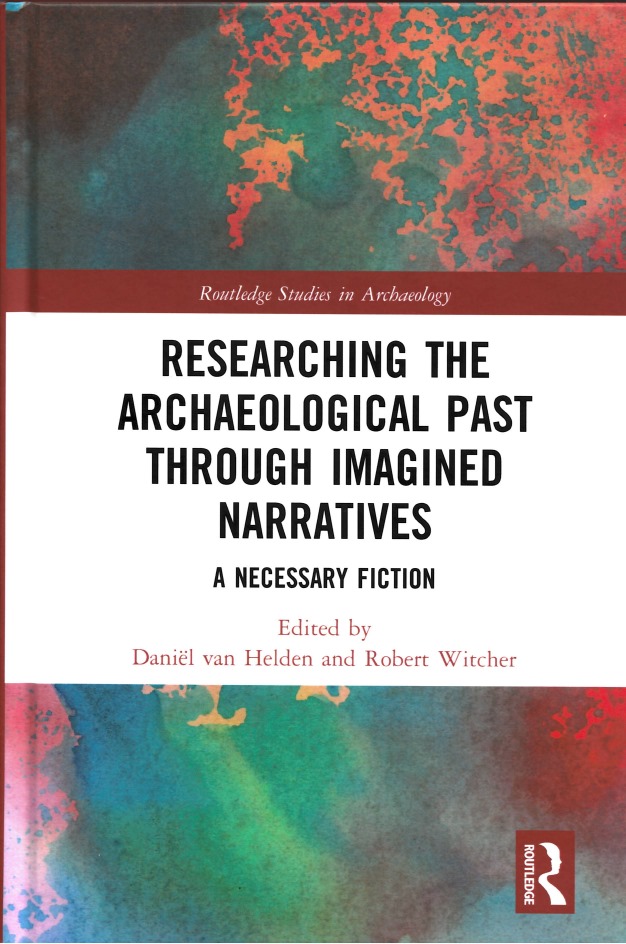New Publication: Imagined realities in the portrayal and investigation of the British Mesolithic
Don Henson publishes a new chapter in the book "A necessary fiction: researching the archaeological past through imagined narratives"

Don Henson has published a chapter "Imagined realities in the portrayal and investigation of the British Mesolithic" in a new book: A necessary fiction: researching the archaeological past through imagined narratives.
Abstract:
This chapter presents research into the portrayal of the British Mesolithic in academic and popular media. The author makes a comparison between the narratives developed in academic writings and those used in fictional novels and short stories.
The use of imagination has not been part of the traditional academic investigation of the lifeways of the post-glacial hunter-gatherers of the Mesolithic. Early studies were based on value-laden assumptions about lifestyles whereby simple hunter-gatherers were seen as primitive and uncivilised. This was replaced by an approach based on a scientific understanding of cultural ecology which effectively reduced Mesolithic people to cyphers acting out basic food collecting tasks in reaction to
their environment. More modern archaeological approaches that seek to understand social and symbolic aspects of the human experience have been slow to develop in Mesolithic studies. In spite of some exciting new discoveries in the last 15 years, the best exploration and depictions of Mesolithic life have been produced by novelists and short story writers, using empathy, imagination and narratives.
The advantages and disadvantages of using narrative fiction to redress the shortcomings of academic writing are explored.
Henson, D 2019 “Imagined realities in the portrayal and investigation of the British Mesolithic”, in D van Helden & R Witcher (eds.) A necessary fiction: researching the archaeological past through imagined narratives, London: Routledge: 88-108.